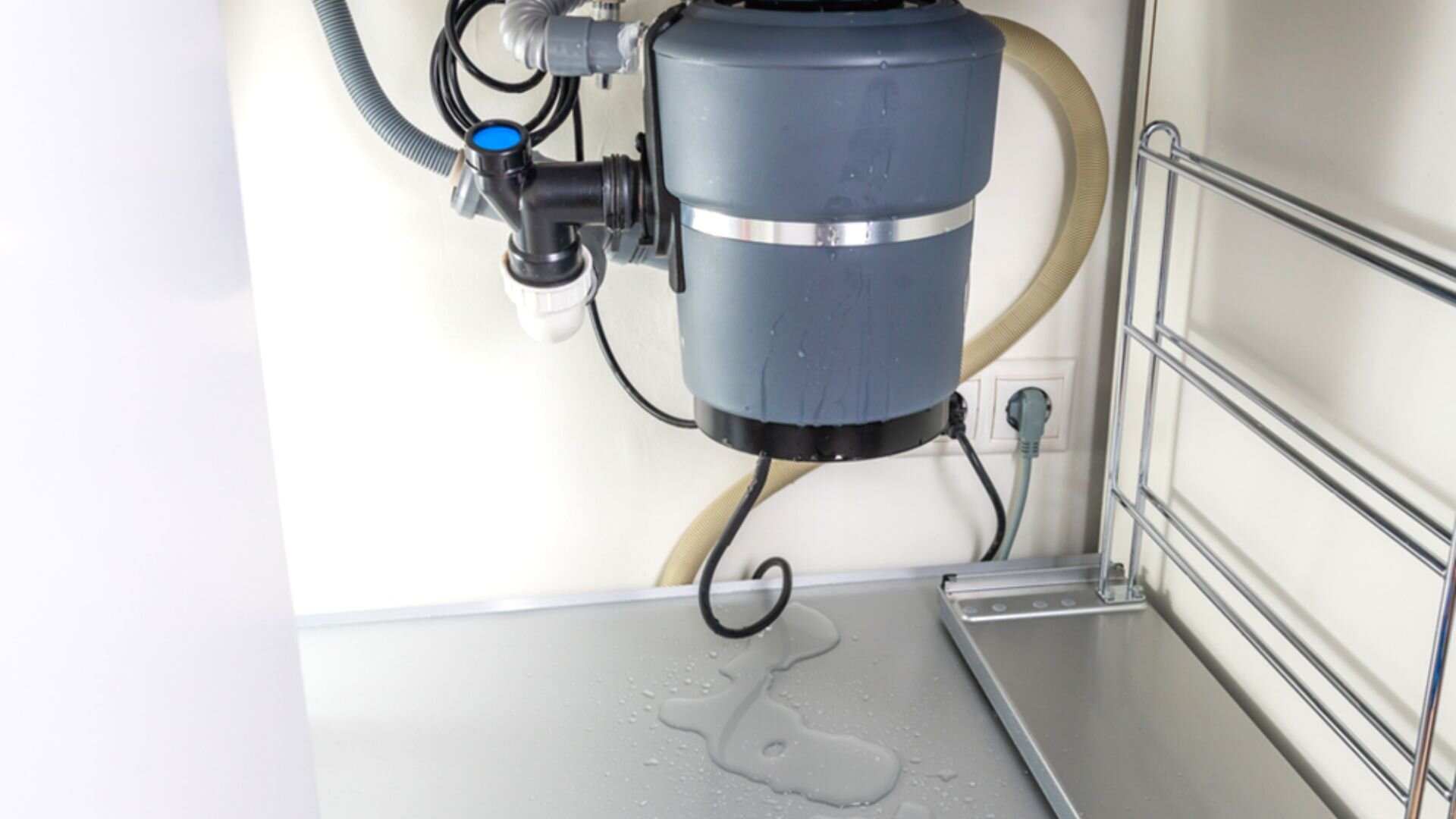Best Methods for Resolving a Leak in Your Garbage Disposal
Best Methods for Resolving a Leak in Your Garbage Disposal
Blog Article
Just how do you really feel with regards to Garbage Disposal Leaking From Bottom?

Garbage disposals are crucial cooking area devices that help in disposing of food waste successfully. Nevertheless, a dripping waste disposal unit can be an aggravating and untidy issue to deal with. Fortunately, numerous leakages can be fixed conveniently with a couple of basic steps. In this post, we will go over just how to fix a dripping waste disposal unit successfully.
Introduction
Garbage disposals are installed under kitchen area sinks and are designed to shred food waste right into smaller sized pieces, allowing it to pass through the plumbing system quickly. While these devices are usually trusted, leakages can take place over time as a result of damage, loosened connections, or damages to the device.
Common Root Causes Of Leakages in Waste Disposals
Worn Seals and Gaskets
Seals and gaskets play a vital function in preventing water from leaking out of the waste disposal unit. Over time, these components can wear away, causing leaks around the disposal unit.
Loose Links
The links between the garbage disposal and the pipes system can come to be loosened in time, triggering water to leak out during procedure.
Cracks or Holes in the Disposal System
Physical damage to the garbage disposal, such as cracks or openings in the real estate, can also result in leaks.
Identifying the Resource of the Leakage
Prior to trying to deal with a dripping waste disposal unit, it is important to identify the source of the leakage. This can commonly be done with visual evaluation or by performing basic examinations.
Visual Inspection
Examine the garbage disposal unit carefully for any kind of signs of water leak. Pay very close attention to locations around seals, gaskets, and link factors.
Checking for Leaks
One means to evaluate for leaks is by running water through the disposal system and looking for any kind of visible signs of leakage.
Devices and Products Needed for Taking Care Of a Leaking Garbage Disposal
Prior to starting the repair work procedure, collect the required tools and materials, including a screwdriver, flexible wrench, plumbing professional's putty, substitute seals or gaskets, and epoxy or patching material for repairing splits or holes.
Step-by-Step Overview to Dealing With a Leaking Waste Disposal Unit
Shut off the Power
Before attempting any fixings, make sure that the power to the garbage disposal unit is switched off to prevent the risk of electrical shock.
Situate the Leakage
Determine the precise area of the leakage and establish the cause.
Tighten up Connections
Utilize a wrench to tighten up any type of loosened links in between the disposal unit and the plumbing system.
Change Seals or Gaskets
If the leak is due to used seals or gaskets, eliminate the old elements and change them with new ones.
Patching Splits or Openings
For fractures or holes in the disposal unit, use epoxy or a suitable patching material to seal the damaged area.
Checking the Waste Disposal Unit After Repair Service
As soon as the repair work is complete, test the waste disposal unit by running water through it to guarantee that the leakage has been dealt with.
Preventive Maintenance Tips to Avoid Future Leakages
To avoid future leaks, it is important to perform normal maintenance on your garbage disposal. This includes keeping it tidy, staying clear of placing non-food things or tough things down the disposal, and occasionally checking for leakages or various other concerns.
Final thought
Finally, taking care of a leaking garbage disposal is a fairly uncomplicated process that can be finished with standard tools and materials. By following the steps described in this short article and exercising preventative upkeep, you can keep your garbage disposal in good working problem and stay clear of expensive repair services in the future.
What to Do About a Leaking Garbage Disposal
A leaking garbage disposal often goes unnoticed until you confront a sopping cabinet, a foul-smelling puddle, or an audible drip-drip-drip from the unit. The fix can be frustrating, too, because the leak can stem from a number of components in the system. Fortunately, with a little sleuthing, you can zero in on the leak and—depending on the exact location—stop the icky oozing and repair the component that caused it. Worst case scenario, if it turns out that the garbage disposal must be replaced, installing a new one is a reasonable do-it-yourself task for those with basic plumbing skills. Read on to keep the cash you’d otherwise hand over to a pro.
Prepare to find the leak
Prior to testing the garbage disposal for leaks, unplug it at the wall outlet and turn off the power from the breaker box to prevent electrical shock. Then insert a watertight sink stopper into your sink drain and wipe the unit dry with a clean cloth. In any handy container, mix a few drops of food coloring into a few cups of water, and pour the dyed water onto the sink stopper to help you locate the leak.
Investigate the source
the top, where the disposal meets the sink drain the side, where the dishwasher hose or main drain pipe connects to the disposal or the bottom of the unit Inspect each of these locations while gliding a light-colored rag over the unit; the dyed water will readily show on the rag and reveal the location of the leak. If a leak isn’t immediately apparent, remove the sink stopper and pour a few more cups of dyed water down the sink drain, then check for leaks again. Leaks near the top of the unit are more likely to show themselves while the sink is plugged, while side and bottom leaks are more noticeable while the sink is unplugged.
The metal sink flange that sits directly inside the sink drain is typically sealed around the top with plumber’s putty (a clay-like sealant) and then secured from under the sink with bolts. If the plumber’s putty deteriorates, or the bolts loosen, the flange can no longer form a watertight seal between the sink drain and the disposal—which could cause a leak at the top of the unit.
To reseal the leaky flange, you must first detach the garbage disposal. Start by loosening the screws securing the main drain pipe to the disposal, then loosen the screws in the metal clamp securing the dishwasher hose to the disposal and detach the drain pipe and dishwasher hose from the disposal. Loosen the screws in the mounting ring that connects the disposal to the metal mounting assembly beneath the sink, then pull down the disposal and carefully set it on a clean, dry surface. Loosen the bolts in the mounting assembly with a wrench, then pull down the mounting assembly and set it near the disposal.

I ran across that blog post about The Handy Guide To Fixing Your Garbage Disposal Leaking when doing a search on the search engines. If you please take the time to promote this content if you liked it. I take joy in reading our article about The Handy Guide To Fixing Your Garbage Disposal Leaking.
Request An Appointment Report this page